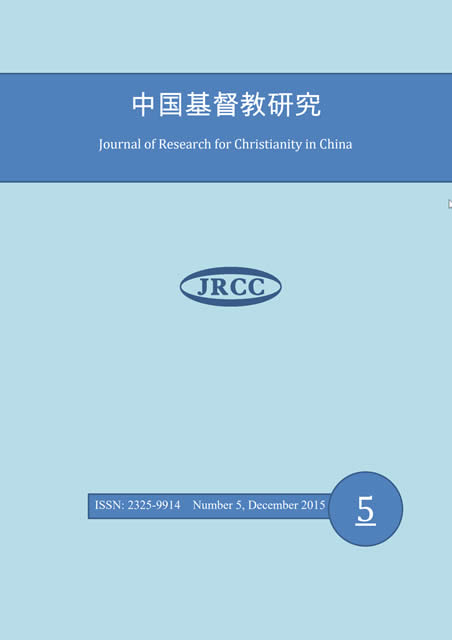Abstract
Since 1980s, there has been a major turn in the western moral philosophy: virtue turn, that is, from the modern normative ethics to the traditional virtue ethics. This turn was urged and triggered by the profound reflection on modern moral dilemma, its essence was to turn to or dialectically return to virtue ethics in the ancient times .Therefore, the Greek virtue ethics represented by Aristotle and the Christian virtue ethics represented by Thomas Aquinas once again attracted the attention of the academic circles. Thomas Aquinas's virtue ethics characterized by its "comprehension", "system", "transcendence" and "profound" and so on, was praised as a great example of virtue ethics after Aristotle, and because of its bright "intellect" had a more affinitive relationship with the secular moral philosophy, it is also more suitable to participate in the new development of contemporary moral philosophy and the new trend of thought. Therefore, it has an important influence on the revival of Contemporary Virtue Ethics and moral construction.Just as Aquinas is known as "the etrnal father", his philosophy is known as "the eternal philosophy", his virtue ethics is also "eternal", it is the most valuable and most abundant resources of modern moral philosophy and moral theology, and it has profound significance to the revival of virtue ethics and the moral construction of contemporary China.

This work is licensed under a Creative Commons Attribution-NonCommercial-NoDerivatives 4.0 International License.
Copyright (c) 2015 Journal of Research for Christianity in China (JRCC)
